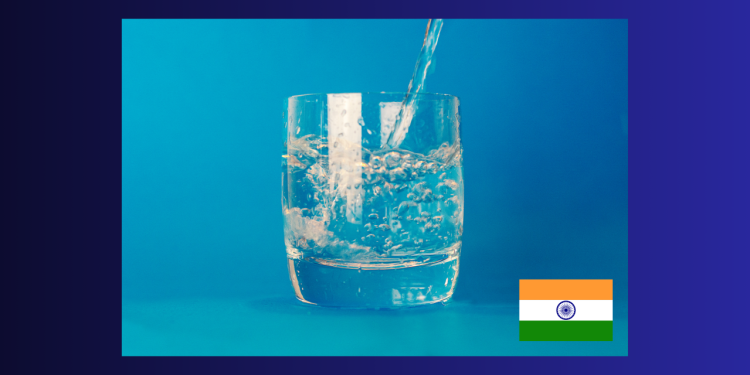💧 Introduction
Access to clean and safe water remains a critical issue in India. In 2025, numerous government and community-led initiatives are driving progress toward improved water quality and availability, essential for health, agriculture, and sustainable development.
📈 Progress Made
- Implementation of the Jal Jeevan Mission, aiming to provide piped water to every rural household.
- Expansion of water treatment plants and wastewater recycling projects in urban areas.
- Adoption of rainwater harvesting systems and watershed management practices.
- Increased public awareness campaigns promoting water conservation.
🌍 Innovative Technologies
- Use of solar-powered water purification and desalination units.
- Smart water management systems utilizing IoT sensors for leak detection and usage monitoring.
- Community-driven efforts using low-cost filtration techniques.
🏛️ Policy and Governance
- Strengthened regulations on industrial discharge and pollution control.
- Collaborative water management between states and local bodies.
- Integration of clean water goals with health and sanitation programs.
⚠️ Challenges
- Uneven distribution of water resources causing regional disparities.
- Contamination from industrial waste, pesticides, and poor sanitation.
- Climate change effects causing erratic rainfall and droughts.
- Ensuring sustainability and maintenance of water infrastructure.
🧠 Final Thought
India’s clean water initiatives are crucial for public health and economic growth. Continued innovation, community involvement, and strong governance are essential to overcome challenges and ensure water security for all.
































































